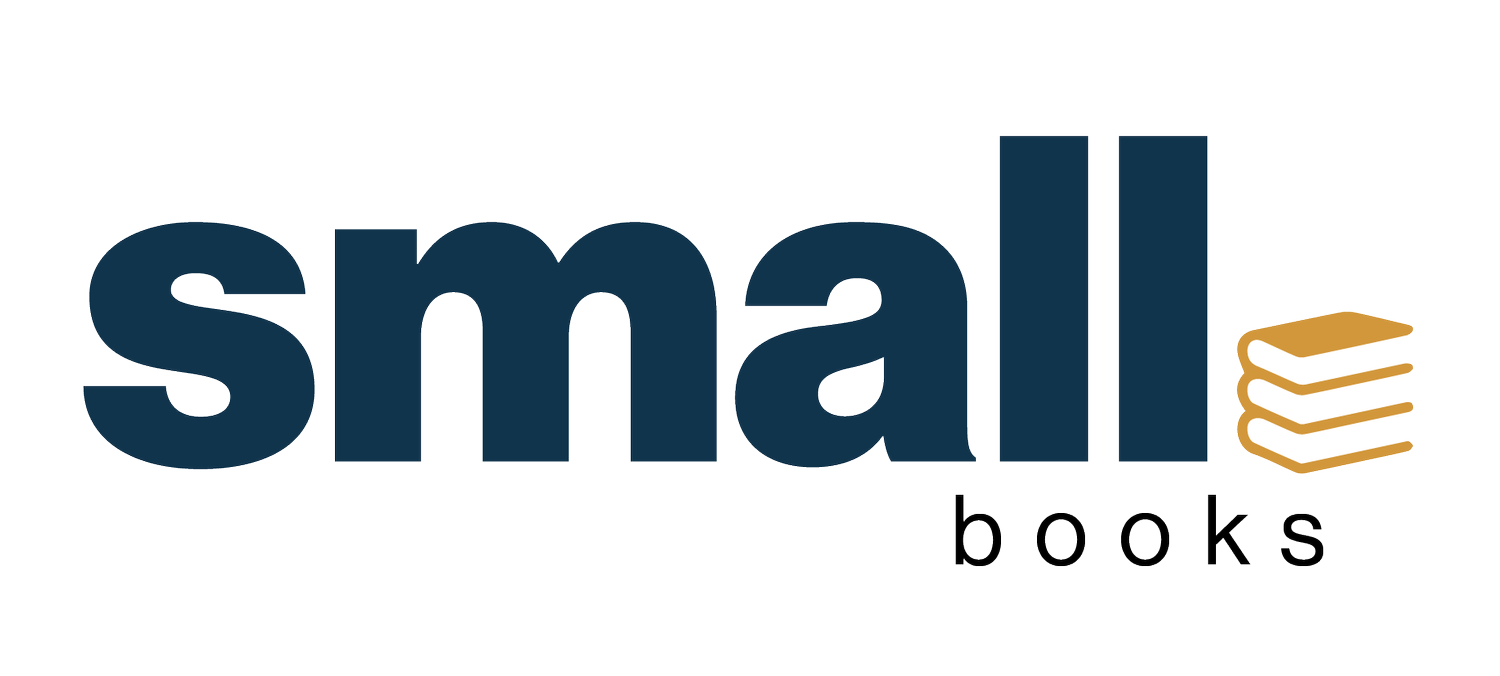7 Steps to: Small Business Payroll
Doing payroll for your small business can be overwhelming, so we put together this guide for small business owners in Canada with seven steps to a compliant payroll.
Payroll can feel like a marathon: It doesn’t sound appealing to run, but once it’s done, you're sweaty and happy it’s over with.
Employers in Canada can follow these seven steps for a sweat-free payroll process.
1. Register with federal agencies
To run payroll in Canada, you need a Business Number (BN) and payroll program account through the Canada Revenue Agency (CRA). A BN identifies your business to the federal government. It’s the business version of a Social Insurance Number (SIN).
A payroll program account is a 15-digit number that contains your nine-digit BN, and ends in an “RP” suffix. It’s your business’s unique identifier to the CRA.
The registration process requires the following information:
Pay schedule, whether it’s weekly, bi-weekly, or semi-monthly
Number of employees
Estimated gross wages (salary)
You may also need to set up accounts with the Workplace Safety and Insurance Board (WSIB) and the Ontario Ministry of Finance to remit workplace insurance and health tax payments, which for the purposes of this article we won’t be diving into.
2. Gather employee information
Next, collect the following information from your employees:
Name
Address
Phone number
Social Insurance Number (SIN)
Date of birth
Bank account information for direct deposit (if applicable)
Employees must submit federal and provincial TD1 forms. The information they provide determines some payroll deductions.
3. Calculate gross wages
Gross wages are an employee’s earnings before payroll deductions, such as taxes and retirement contributions. An employee’s gross wages are the amount you put on his or her offer letter. Gross wages can be expressed per hour, pay period, or year.
Include taxable fringe benefits in the gross wages calculation. If you reimburse your employees for their cell phone or parking costs, add those benefits to gross wages. Check the CRA website for the taxability of benefits and allowances.
Hourly employees who work over 40 hours in a workweek or over eight hours in a day might be subject to time and a half overtime pay.
4. Calculate taxes and contributions
Both employees and employers buck up for Canadian payroll taxes and contributions.
As an employer, you’re responsible for withholding and remitting a portion of employees’ wages for taxes and contributions. CRA payroll deductions include:
Federal income tax
Provincial or territorial income tax
Canada Pension Program (CPP) or Quebec Pension Program (QPP) contributions
Employment Insurance (EI) premiums
Registered Retirement Savings Plan (RRSP) contributions (if applicable)
All but RRSP are required CRA deductions. CPP/QPP contributions apply to employees ages 18 to 69, and EI premiums apply to employees of all ages.
Both employees and employers pay into CPP/QPP and EI, based on employee earnings. Contributions stop once they’ve reached their annual maximum.
Vacation Pay
Vacation pay is a percentage of the eligible wages earned by an employee during each year of employment. For every week of vacation time an employee is entitled to, you must pay them 4% of their “vacationable” earnings.
Labor standards in your jurisdiction ultimately determine the type of employee earnings that qualify as eligible – and what percentage or fraction of those earnings you must use to calculate vacation pay. In most provinces, however, you’ll owe a minimum of 2 weeks of vacation pay at the anniversary date of each employee’s work year.
5. Reconcile and issue paychecks
Let’s get your employees paid.
Before you finish processing payroll, complete a payroll reconciliation to check for errors. Compare your payroll register -- a list of payroll transactions -- to your tax records and general ledger.
Once you clear up any errors, you’re ready to send out employee paychecks.
Employers doing payroll should provide a pay stub for employees to prove income when applying for loans and leases, get a status update on accrued vacation and sick time, and catch payroll errors.
6. Remit deductions and taxes to the CRA
Now it’s time to send the deductions and employer taxes calculated in step four where they need to go. By default, businesses must remit payroll deductions by paper or electronically by the 15th of the month following the pay period.
But if that pay schedule doesn’t work for you, you’ve got options -- honestly, more than you need. Established businesses can change to a quarterly, twice-monthly, or four-times-monthly payroll tax remittance cadence.
You will need to send federal taxes, provincial taxes, CPP deductions, and EI deductions to the CRA. Send QPP deductions to Quebec’s revenue agency, Revenu Quebec.
7. Generate and share Forms T4
By the last day in February of the following year, you must share a Form T4 with each employee and the CRA. Form T4 summarizes the employees’ earnings and deductions from the previous calendar year.
In the packet of Forms T4 submitted to the CRA, you must include a summary form that sums all employee earnings and deductions.
How Small-Books can help
If you made it to the end of this article, you may be feeling more overwhelmed about your payroll responsibilities than before.
That’s where Small-Books comes in!
While it’s important to know what your payroll obligations are as a small business owner, you can relax by letting our payroll experts take care of the compliance for you! We can help reduce errors (read: headaches) and give you more time to
focus on running your business rather than running payroll!
This post is to be used for informational purposes only and does not constitute legal, business, or tax advice. Each person should consult his or her own attorney, business advisor, or tax advisor with respect to matters referenced in this post. Small-Books assumes no liability for actions taken in reliance upon the information contained herein.



